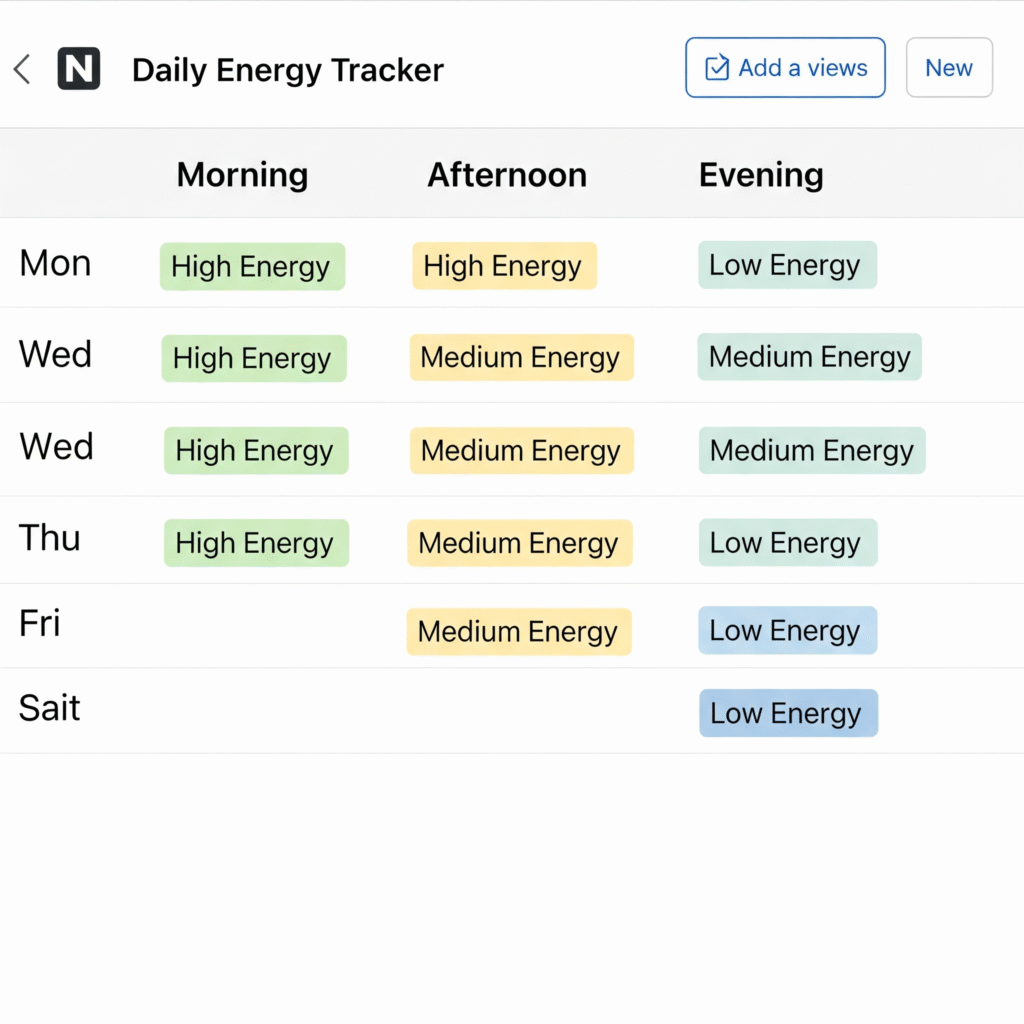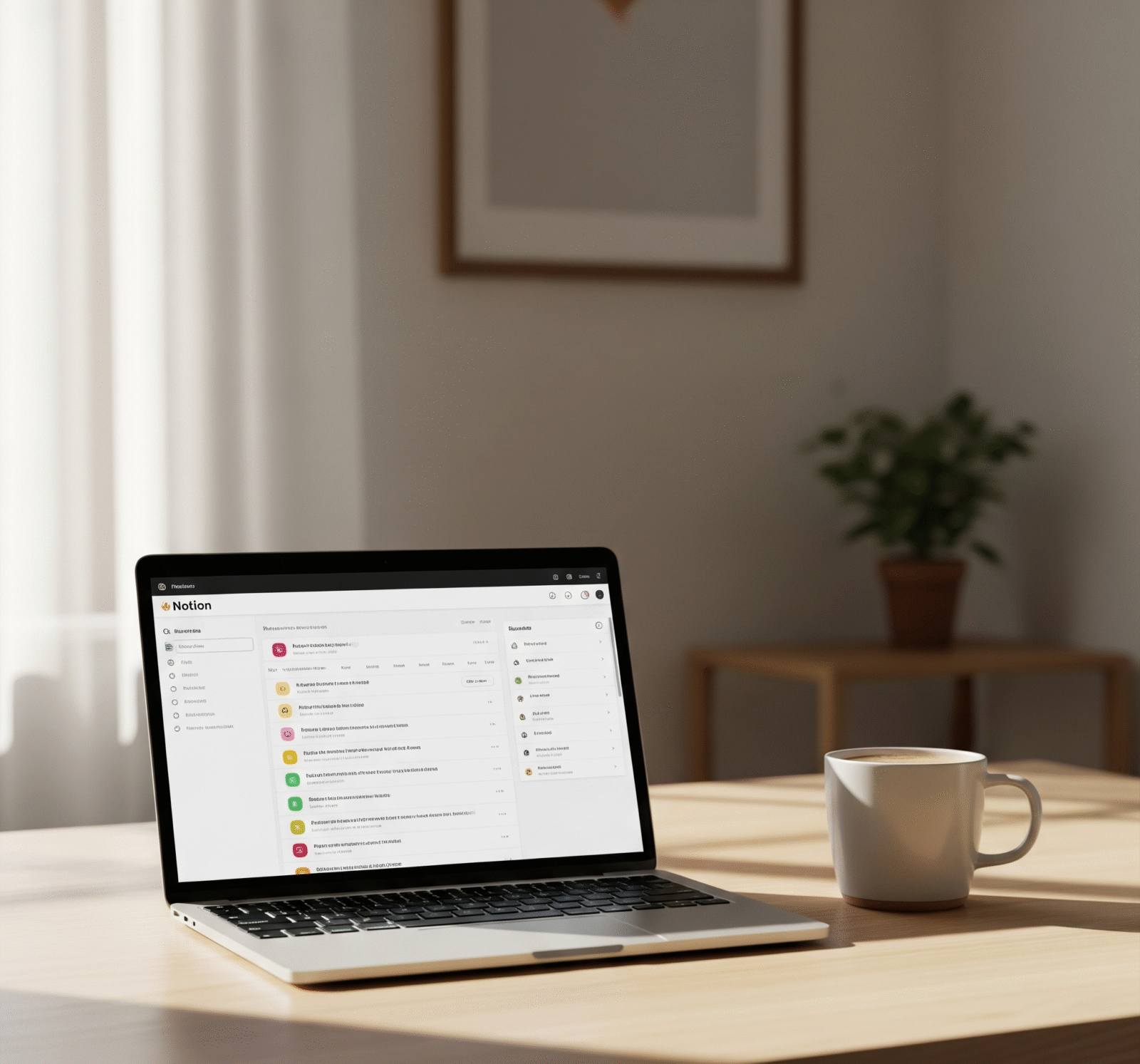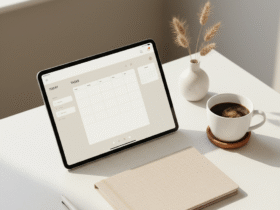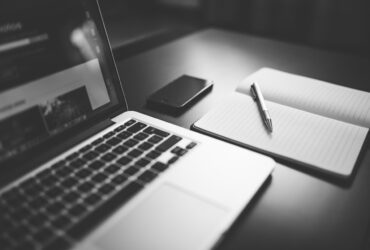Introduction
Ever notice how your energy levels don’t always match your to-do list? Some mornings you feel unstoppable, and others you’re reaching for coffee number three before 10 a.m. For years, I tried to brute-force productivity—only to end up exhausted, scattered, and wondering why some days felt effortless and others like wading through mud.
What changed everything for me was realizing that productivity isn’t just about time—it’s about energy. That’s where Notion came in. In this post, I’ll walk you through how I use Notion to track my daily energy so I can work with my natural rhythms instead of against them.
Why Tracking Energy Matters
We often plan our day around hours, not energy. But think about it: what good is blocking out three hours for deep work if your brain feels foggy and distracted?
By tracking energy, you:
- Identify your peak hours (when focus comes naturally).
- Notice patterns and triggers that drain or boost energy.
- Align demanding tasks with high-energy windows.
- Give yourself permission to recharge when needed.
The result? Less burnout, more flow.
My Simple Notion Setup

Notion can get complicated fast, but I keep my energy tracker simple. Here’s the framework I use daily:
Daily Energy Log (H3)
Each morning and evening, I log my energy on a scale of 1–10. I add a few quick notes about:
- Sleep quality
- Meals/snacks
- Work type (creative, admin, meetings)
- Movement (exercise, walks, stretching)
This takes less than two minutes but gives me valuable context later.
Visual Dashboard (H3)
I use Notion’s database view to turn my entries into a visual dashboard. This lets me spot trends at a glance:
- Do I crash after afternoon calls?
- Does exercise consistently raise my energy score?
- Are certain projects energizing instead of draining?
Seeing these patterns written out has been eye-opening.
If you’d like to try this yourself, you can grab a Notion template for energy tracking. It’s customizable and saves you from building it from scratch.
How I Use the Insights
Tracking is helpful, but the real magic happens when you adjust your habits. Here’s how I apply what I learn:
- Protect my peak hours. I noticed my best energy window is between 9–12. Now, I block that time for deep, creative work instead of meetings.
- Batch low-energy tasks. I save admin work (emails, scheduling) for late afternoon when my focus dips.
- Fuel intentionally. I learned that heavy lunches crush my energy, so I shifted to lighter midday meals.
- Respect recovery. If I see several low-energy days in a row, I don’t push harder—I step back.
It’s not about chasing perfect days. It’s about learning how to support the body and mind you actually have.
Common Mistakes to Avoid
When people start tracking energy, I often see two pitfalls:
- Overcomplicating the system. If your tracker takes longer to fill out than the benefit you get, it’s not sustainable. Keep it quick.
- Expecting instant results. Trends appear over weeks, not days. Give yourself time to see the bigger picture.
Final Thoughts

Tracking my daily energy in Notion has helped me create more flow with less force. I don’t measure success by how many hours I worked anymore—I measure it by how aligned I felt with my natural energy.
If you’ve ever felt like productivity systems just don’t stick, maybe it’s not you. Maybe it’s that you’re measuring the wrong thing. Start tracking your energy and see what shifts.
Want to make it easier? Try a ready-made Notion energy tracker template and experiment for a week. The patterns you’ll discover might surprise you.





